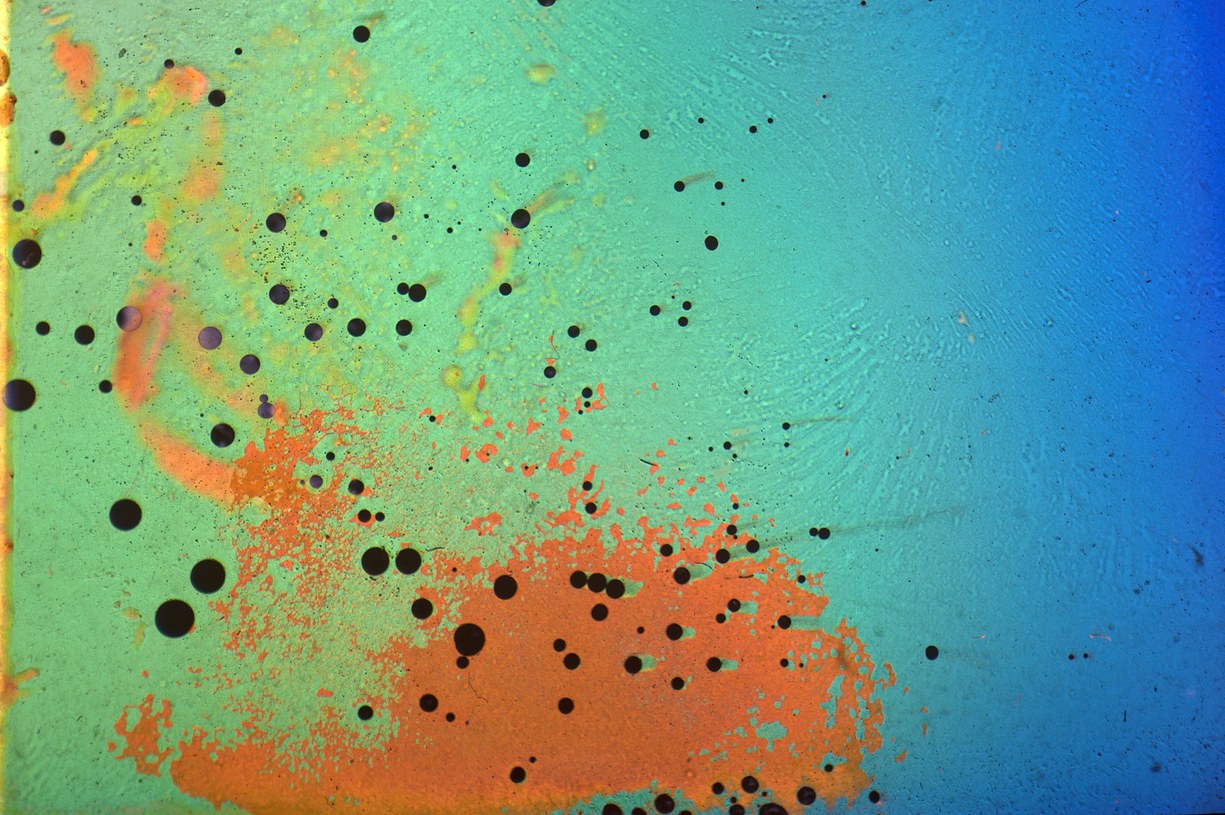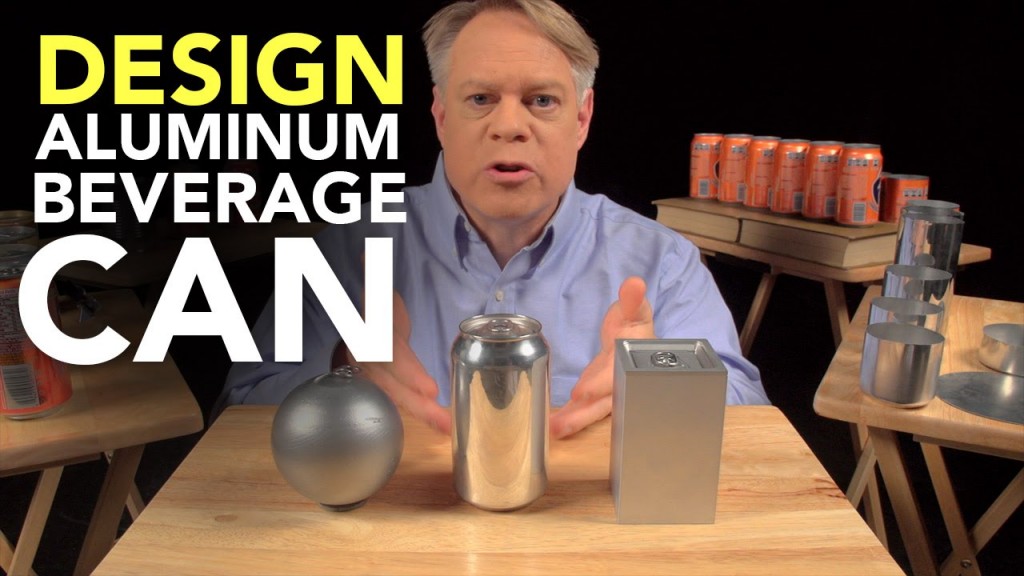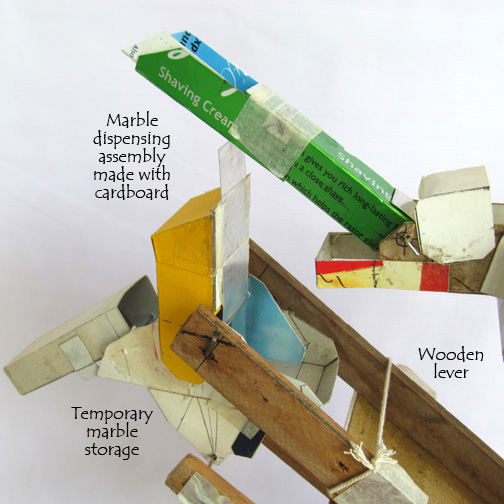Product Design Specification Lists
Making lists is often reassuring. We have seen how design briefs and design specifications are normal practice in design, creating confidence between you and your client or commissioning committee. Drawing up your own personal specification list for any project is a great way to keep track of progress. You will regularly revise the list as your ideas and priorities develop.
For example, you might decide to make a folding picnic table only out of wood. It has to be strong, lightweight, weatherproof, totally recyclable and have a product lifetime of at least fifty-years. After your first mock-ups, it becomes obvious that the folding mechanism is going to be too heavy, unreliable, time-consuming and expensive so you revise your specification to include metal hinges in the design. What specification categories would you choose to consider in a project like this?
Here is a checklist of over 30 common parameters for your specifications. Pick only the most relevant criteria - maybe as few as four or five for a single design. Simply running through the list will make sure you are not missing an important aspect that would have been difficult to correct later on in your design. Are there any factors you think should be added to the list ?
Evolving Roles of Designers and Customers

Unmade is a fashion system. Knitwear designers create a range of basic garment models. Customers online can adjust and influence patterns and sizes. The data is then sent to a local factory where the digital code is interpreted by computer-aided knitting machines that make the one-off (unique) articles of clothing.
There is less waste because each piece of clothing will find its owner. Instead of mass manufacturing, the system relies on customisation, personalisation and on-demand production.
Explore some of the older projects by Ben Alun-Jones.
Gestalt Principles of Perception
Our eyes perceive optical information about things around us. Then our brains interpret the information and try to make sense of it. Evolution has provided us with neuronal mechanisms that save energy by extrapolating, finding patterns and guessing what they mean so we can survive in our environment. Research in this area has identified at least seven mechanisms used by our brains;
figure & ground
proximity
Pragnanz
similarity
closure
continuation
... but they are often extended by new categories that are regularly discovered, hypothesised or disputed. Designers, visual artists and graphic designers understand the Laws of perception intuitively or unconsciously. Being aware of them will help you make aesthetic and functional decisions more easily. Click on the title above and also follow this link for a simple introduction.
Maslow's Hierarchy of NEEDS
Designers often focus on making objects and technology easy to use, sexy and consumable. In 1943, the psychologist Abraham Maslow published a research paper, A Theory of Human Motivation. It was followed by his book Motivation and Personality in 1954 and became a bible for big business, managers and designers because it explained how to understand human needs and desires. Perfect for the consumer culture of the fifties. Designers transpose Maslow's five levels of needs as shown below. In your mind imagine how people have exploited these needs in design. Social media apps can be seen as the ultimate level of Maslow's pyramid. Users become addicted to the pleasure (endorphins) of knowing others agree with their opinions. Growth in consumerism is fuelled by perceived needs for more and better things.

| Self-actualization | Creativity |
| Self-Esteem | Proficiency |
| Love | Usability |
| Safety | Reliability |
| Physiological | Functionality |
| Maslow | Designers |
Take a look at this definition of Emotional Design. Now go back to the site on this page and make a list of three types of design you have never heard of or which sound interesting... Find examples of designs and designers.
Speculative Design

Design practice never stands still. However, over the last decade there has been a total paradigm shift in design, in the role of the designer and in the way we consume resources. Anthony Dunne (industrial designer) and Fiona Raby (architect) are often considered to have crystallized part of this new movement. Their book, Speculative Everything published in 2013, was an important step on the journey. Read this article from Strelka Magazine (A good source for architecture and urban design, + Design research for the New Normal.) Dunne & Raby website. Video Intro
Consumers are changing too. Many have become "prosumers". A recent study noted six different types of prosumer and underlined their positive role during the current COVID crisis.
 Gustav Metzger was ahead of his time. In the early 1960s he clearly saw the way the world was developing; insatiable appetites for growth, money, food, mineral resources, nuclear domination... His art became ferociously vocal about these phenomena and the way we are destroying our environment. He was probably the first artist to express concerns about ecological destruction. As future designers, it may be useful to study his ideas and at least read his Manifesto for Auto-Destructive Art. As you read, in your mind, just replace the word art by design.
Gustav Metzger was ahead of his time. In the early 1960s he clearly saw the way the world was developing; insatiable appetites for growth, money, food, mineral resources, nuclear domination... His art became ferociously vocal about these phenomena and the way we are destroying our environment. He was probably the first artist to express concerns about ecological destruction. As future designers, it may be useful to study his ideas and at least read his Manifesto for Auto-Destructive Art. As you read, in your mind, just replace the word art by design.
Listen to this short video to understand more about his attitudes and work.
Creative Review is one of the top magazines for graphic designers and the advertising industry. Of course, advertising is one of the motors that drive consumerism and therefore actively contributes to the problems denounced by Gustav Metzger. Yet it is a field where many highly accomplished artists and designers can make a living.
Your mission is to browse through this year's winners (and runners-up) of their photography prizes. Send me your comments on the work of one of them. For example, you could analyze style, subject, lighting, emotional impact, framing, use of colour etc. Say why you like the photos or how you would change them if you could. Do they raise real issues or are they only pandering to trendy feel-good sentimentality? Perhaps reality is just made of cake?

How do you make an aluminium can for beverages? Find out by watching this detailed explanation by "the Engineer Guy" here.
Secret Gardens Project 1

This week, your mission is to go and find your personal 9 square metres (3 x 3 m).
You should have received a coded message via email consisting of three words. Use what3words.com and type in the three words to find the exact location of your secret garden. Go there this week if you can.
Draw a plan, take photos, sketch details, find possible connections between the three words and your garden, identify the plants, insects and materials you find there, note surroundings and context, daydream, tell yourself a story... in short, spend a little time observing, absorbing and recording its atmosphere.
Send me a picture and a short description of your secret garden please. If you prefer a place closer to home, send me a message indicating your approximate whereabouts and I will give you a second secret garden for the lockdown period. Alternatively, choose a place yourself and send me its 3-word coordinates together with your description. Good luck!
Frustrated by manufacturers who deliberately make it difficult, impossible or very expensive to repair consumer goods and electronics, the Right to Repair movement has been growing popular over the last decade. In America it became an official movement in 2013. In Europe, the movement successfully obtained recent legislation forcing changes in attitudes and limiting programmed obsolescence. But the battle is hard. The balance keeps swinging between selling more and being ecologically responsible. Go to the European website for more information. UPDATE 26 November 2020 - The European Parliament voted for measures to encourage manufacturers to make products easier to repair. In Austria, repairs will cost less VAT tax. In France, starting in January 2021, we will see Repairability Index labels on all high tech products.
One of the iconic bad boys is Apple, notorious for deviously avoiding making improvements in every way it can find. Read this article from the Los Angeles Times.
Write a design brief for a luxury kennel. What might the ultimate pampered pet dog need and appreciate? Design the kennel and present its strong points.
Write a design brief and specifications for an artist's (or designer's) ultimate car. Should it include a built-in 3D-printer? A complete sculpture studio? A mobile printing-press? Design that perfect car for yourself.
Want inspiration? In November 2020, the designer Alexandre Essacheriau was our guest for an ARC Dépeçage workshop. Here is his Flying FabLab.
Redesign the school or a part of it. Suggest improvements of existing structures or boldly imagine cool new functions (e.g. a tropical forest, swimming pool facilities on the roof, slides and rides, indoors skateboard circuit, prison cells, headquarters of a dubious sect... Label your sketches and write a short explanation.
Tools. Make a list of the top 10 tools you use. Succinctly describe their functions and why you like them. Provide appropriate illustrations.
Don’t design objects for people,
Design people for objects !
Adaptations of human morphology to make life more comfortable or facilitate use of modern technology.
----> c.f. Genetic design/Synthetic biology.
In Corpus 2.0 and Corpus 2.1, Dutch designer Marcia Nolte thought of how humans could evolve and adapt to modern technology and life-styles. Instead of designing products for people, she tried to design people for products !
Your mission is to suggest mutations or designs for the human body to prepare us for the next century. Use sketches, diagrams and a short description to list the pros and cons of your proposition.

Top of Maslow’s pyramid is creativity and self-realisation. One elegant design project that exploits this is famous Dutch designer Ted Noten’s chewing gum tongue doodle jewellery line. Gum is chewed into an interesting shape that them can generate moulds to make gold and silver brooches. User becomes designer in this interesting inversion of roles and the designer limits himself or herself to just manufacturing the object. Visit Ted's website and explore some of his other wild ideas.
Different ways of looking. You now know how to use blink, glare, glance, stare, peer, wink and gaze: Also revise terms linked with vision, such as shortsighted, blind, astigmatic etc.

Product analysis Two contrasting products were studied from the points of view of different design disciplines; architecture, design anthropology, human factors and interaction design, graphic and product design. The Balans stool was made by veteran Norwegian furniture designer Peter Opsvik in 1976 and is the first in a long line of ergonomically designed seats that are based on the simple premise that we never sit still but are always moving our bodies interactively.
The second product, the Sonicare toothbrush (1992), was an innovation in dental treatment and compact technology. Like the Balans stool, it too was the first in a line of similar designs that are still being developed today.
Read the texts here and try to make a list of each product’s strong points and weaknesses.
Money-Maker Pump
Analysis of design by KickStart Agency for a pump that can be mended and parts replaced by anyone anywhere with a minimum of skill in metalwork. This is a design for third world countries where it is "better to teach a man to fish than to feed him a fish."
